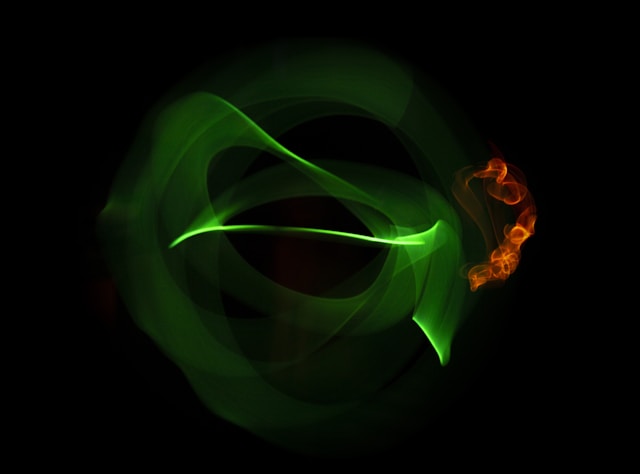Glow sticks have captured our imagination and utility with their ability to emit light through a fascinating chemical reaction. This article delves into the science behind glow sticks, explores their diverse applications, and provides insights into their safe usage.
Understanding the Chemistry of Glow Sticks
The magic inside glow sticks is a result of chemiluminescence, where light is produced through a chemical reaction. Each glow stick contains two primary chemicals separated by a fragile glass barrier: hydrogen peroxide in one compartment and a mixture of phenyl oxalate ester with a fluorescent dye in the other. When the stick is flexed, the glass barrier breaks, allowing the chemicals to mix. This reaction releases energy that excites the dye molecules, causing them to emit light. The process is fascinating not only for its visual appeal but also for its efficiency in producing light without heat.
Applications Across Fields
Glow sticks are versatile, used in various scenarios from entertainment to critical safety applications:
- Emergency Lighting: In the event of power outages or natural disasters, glow sticks provide safe, waterproof, and wind-proof lighting.
- Recreational Use: They are a popular addition to night-time recreational activities, such as camping, diving, and night fishing, where they serve as markers or attractants.
- Event Decor and Entertainment: Glow sticks are a staple in night-time entertainment, adding a splash of color to concerts, parties, and parades.
- Safety Signaling: Their high visibility makes them ideal for marking paths or emergency exits and for personal safety during night-time activities.
Safety and Environmental Tips
Despite their many uses, it’s important to handle glow sticks responsibly:
- Safe Handling: Do not bend glow sticks excessively or cut them open, as the chemicals inside, while not highly toxic, can cause irritation to skin and eyes.
- Disposal Considerations: After use, dispose of glow sticks in regular waste bins. They are not suitable for recycling due to the chemicals and mixed materials.
- Environmental Impact: Consider the environmental implications of using disposable glow sticks, especially in natural settings. Opt for reusable glow devices when possible to minimize waste.
Glow sticks are a perfect example of how simple chemical principles can be applied to create useful and enjoyable products. Their ability to provide light in a compact, safe, and portable form makes them invaluable in both everyday and emergency situations. By understanding how glow sticks work and adhering to best practices for their use, we can maximize their benefits while minimizing potential risks.


